In today’s digital jungle, if your business isn’t showing up on Google, it’s practically invisible. Whether you’re a solo freelancer, a local shop owner, or running a booming e-commerce store, SEO strategies can make or break your online success.
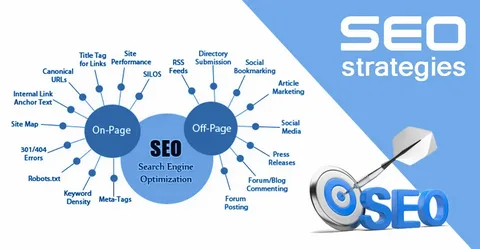
And let’s face it—no matter how stunning your website or product looks, if people can’t find you online, your digital presence is like a billboard in the desert.
Search Engine Optimization isn’t just about ranking higher. It’s about understanding your audience, solving their problems, and making sure your website delivers a smooth, fast, and helpful experience. With Google’s ever-changing algorithms, staying updated and strategic has never been more important.
So, what’s the solution? You need a roadmap. A set of tried-and-tested SEO strategies tailored to modern user behavior and Google’s expectations. This guide lays out the top 10 SEO strategies you can implement today to boost rankings, drive targeted traffic, and turn clicks into conversions.
Ready to get found? Let’s dive into the tactics that work—no jargon, just results.
1. Master Keyword Research – The Foundation of SEO
Tools and Techniques to Find Profitable Keywords
Think of keyword research as getting inside your customer’s head. Before creating content or optimizing pages, you need to know what your audience is searching for.
Here’s how to do it smartly:
- Google’s Autosuggest: Start typing your service and see what pops up.
- Google “People Also Ask” and “Related Searches”: These are goldmines for content ideas.
- Free Tools:
- Ubersuggest – Great for discovering low-competition keywords.
- AnswerThePublic – Offers questions and prepositions people ask.
- Google Keyword Planner – Shows search volume and CPC data.
- Ubersuggest – Great for discovering low-competition keywords.
- Premium Tools:
- Ahrefs and SEMrush – Provide in-depth competitor analysis, keyword difficulty, and SERP features.
- Ahrefs and SEMrush – Provide in-depth competitor analysis, keyword difficulty, and SERP features.

Example: If you run a custom cake shop in Islamabad, don’t just go for “cake.” Instead, try:
- “Custom birthday cakes Islamabad”
- “Fondant cake delivery in Islamabad”
- “Best bakery for kids’ cake, DHA Islamabad”
These long-tail keywords are less competitive, more specific, and lead to higher conversions.
Understanding Search Intent and Long-Tail Keywords
Not everyone searching for “cake” is ready to buy. This is where search intent comes into play:
- Informational: “How to bake a chocolate cake”
- Navigational: “Cake Monster bakery Islamabad”
- Transactional: “Order birthday cake online Islamabad”
Match your content to these intent types. For instance:
- Create a blog post for informational searches.
- Optimize your homepage for navigational searches.
- Build product/service pages for transactional intent.
Long-tail keywords are your secret weapon. They may bring in fewer visitors, but the ones who come are more likely to convert.
2. Create High-Quality, Engaging Content
How to Write Content That Ranks and Converts
Content isn’t king if it’s bland, outdated, or unhelpful. To truly win with SEO, your content must be:
- Useful: Solve a real problem or answer a question.
- Original: Google can sniff out recycled junk in seconds.
- Keyword-rich but natural: Don’t stuff keywords; blend them seamlessly.
- Visually engaging: Add charts, videos, or infographics to boost time on page.
- In-depth: For competitive topics, go big—aim for 2,000+ words.
Example: A fitness trainer published a 2,500-word guide on “Bodyweight Exercises for Beginners at Home.” After optimizing it for search and embedding a YouTube demo, the article ranked on page 1 and tripled its traffic in two months.

Want to rank? Write like you’re solving a real person’s problem—because you are.
E-E-A-T: Experience, Expertise, Authoritativeness, Trustworthiness
Google now places huge value on E-E-A-T. It’s no longer just about keywords.
To demonstrate E-E-A-T:
- Experience: Share your insights or client results.
- Expertise: Show credentials or industry involvement.
- Authoritativeness: Get mentions or backlinks from reputable sites.
- Trustworthiness: Display contact info, privacy policies, and HTTPS.
Real-world tip: Include an author box with qualifications and link to authoritative sources like WHO, Moz, or HubSpot where appropriate. It builds trust and credibility with both users and search engines.
3. On-Page SEO Optimization
Meta Tags, Headings, and Keyword Placement
Your page needs to speak Google’s language—and humans’. That’s what on-page SEO is all about.
Here’s how to optimize effectively:
- Title Tag:
- Keep under 60 characters.
- Place the primary keyword at the beginning.
- Make it click-worthy: “10 SEO Strategies That Work in 2025”
- Keep under 60 characters.
- Meta Description:
- Summarize your content.
- Include your keyword and a value hook.
- Keep under 160 characters.
- Summarize your content.
- Headings (H1 to H4):
- Use only one H1 per page.
- Include keywords naturally in H2s and H3s.
- Break up long content for scannability.
- Use only one H1 per page.
Pro Tip: Use tools like Yoast SEO or Rank Math to ensure each page checks the on-page SEO boxes.

URL Structure and Internal Linking
Messy URLs and scattered content confuse both users and search engines.
Clean URL Example:
✅ yourdomain.com/seo-strategies
❌ yourdomain.com/page.php?pid=3849&source=seo
Keep URLs:
- Short and descriptive
- Keyword-focused
- Free from unnecessary parameters or dates
Internal linking is equally powerful:
- Link related blog posts together.
- Guide users from high-traffic pages to money pages.
- Use descriptive anchor text (e.g., “on-page SEO tips” instead of “click here”).
This improves navigation and helps spread link authority throughout your site.
4. Improve User Experience (UX) and Site Structure
Mobile-Friendliness and Navigation
Over 70% of web traffic now comes from mobile. If your site doesn’t play well on phones, Google—and your users—will penalize you.
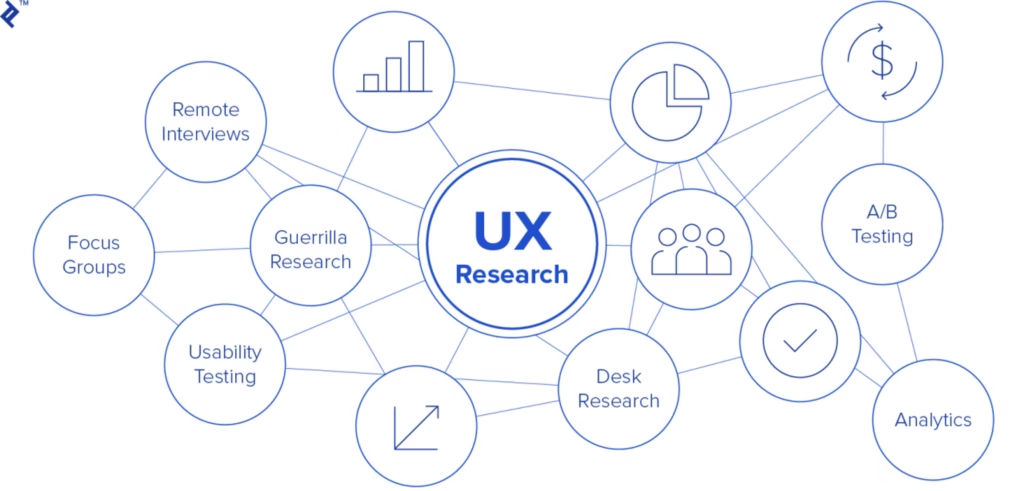
Ensure your website:
- Loads fast on mobile networks
- Doesn’t require zooming or sideways scrolling
- Has large, tappable buttons
- Features clean navigation with clear menus and CTAs
Check your performance using Google’s Mobile-Friendly Test. Sites failing this test often see ranking drops, especially after major algorithm updates.
Reducing Bounce Rate and Increasing Engagement
A high bounce rate can signal to Google that users aren’t finding your content helpful. The result? Lower rankings.
To reduce bounce rate and improve engagement:
- Add engaging visuals (GIFs, embedded videos, animations)
- Break up text with bullet points and headings.
- Include CTAs like “Read Next,” “Subscribe,” or “Get a Quote.”
- Offer interactive content (quizzes, polls, calculators)
Example: A Lahore-based tour agency embedded 360-degree virtual tour videos on its destination pages. Bounce rate dropped 38%, and average session time increased by 70%.
If users enjoy being on your site, Google takes notice—and rewards you.
5. Optimize for Core Web Vitals
Page Speed Insights and Real-World Loading Metrics
Google’s Core Web Vitals are a set of real-world metrics that measure how your site performs from a user’s perspective.
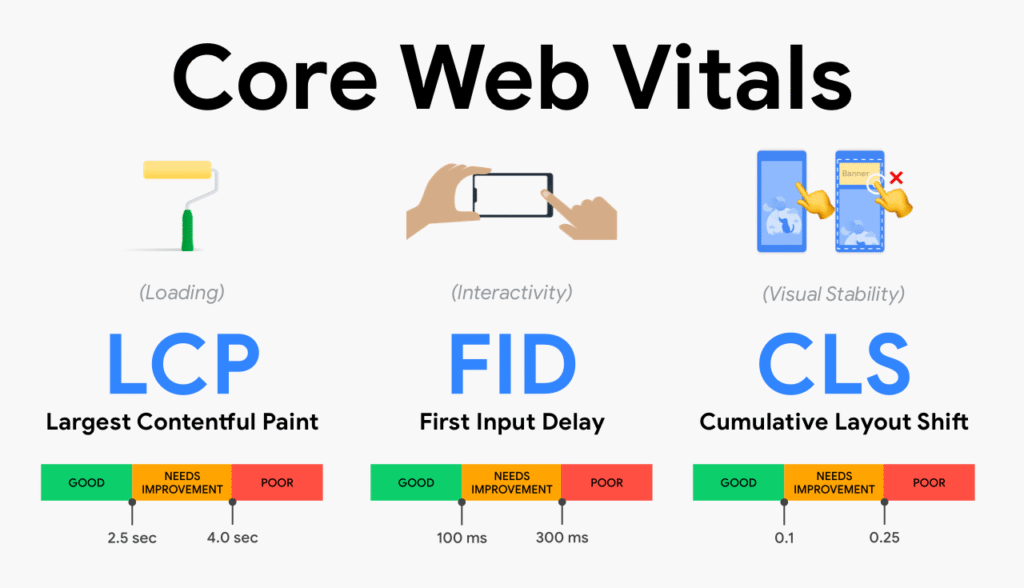
The key metrics:
- LCP (Largest Contentful Paint) – Time to load the main content (target: under 2.5 seconds)
- FID (First Input Delay) – Time before a user can interact with the page (target: under 100ms)
- CLS (Cumulative Layout Shift) – Visual stability during load (target: under 0.1)
Check performance using:
- PageSpeed Insights
- Web.dev/Measure
- Chrome DevTools (under Lighthouse reports)
Tools to Monitor and Improve Site Performance
Here’s how to boost your site’s speed and UX:
- Compress images using TinyPNG or Squoosh
- Minify CSS and JavaScript with tools like Terser or UglifyJS
- Use lazy loading for images and videos.
- Switch to a fast host (e.g., SiteGround, Cloudways, or WP Engine)
- Use a CDN like CloudFlare to serve static files faster globally
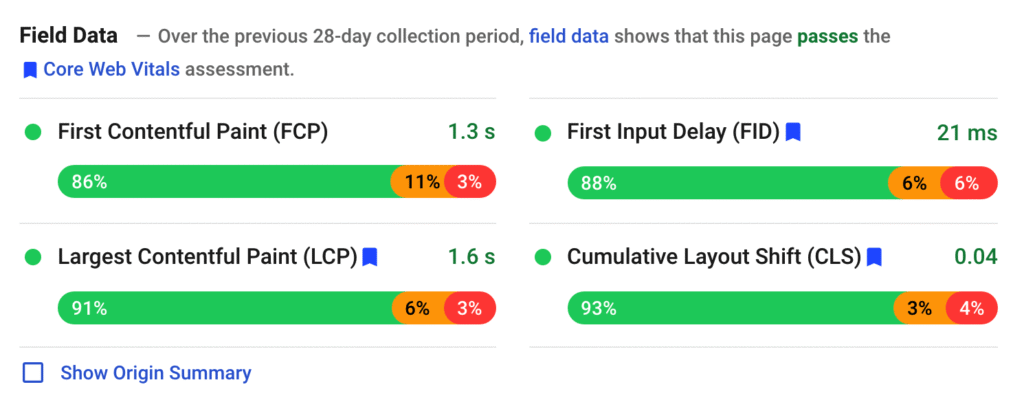
Pro Tip: Run these tests monthly. A simple plugin or new widget can tank your performance without warning.
Conclusion – Turn SEO Strategies Into Real Results
There’s no shortcut to success in SEO—it’s a long game that pays off handsomely when done right. The top 10 SEO strategies we’ve covered aren’t just trends—they’re foundational pillars that help websites build trust, visibility, and real-world results in today’s competitive digital space.
Whether you’re fine-tuning title tags, researching long-tail keywords, optimizing for Core Web Vitals, or creating content that actually helps your audience, every effort adds up. SEO isn’t about quick hacks. It’s about delivering value, solving problems, and making your website’s best result for your target audience’s search queries.
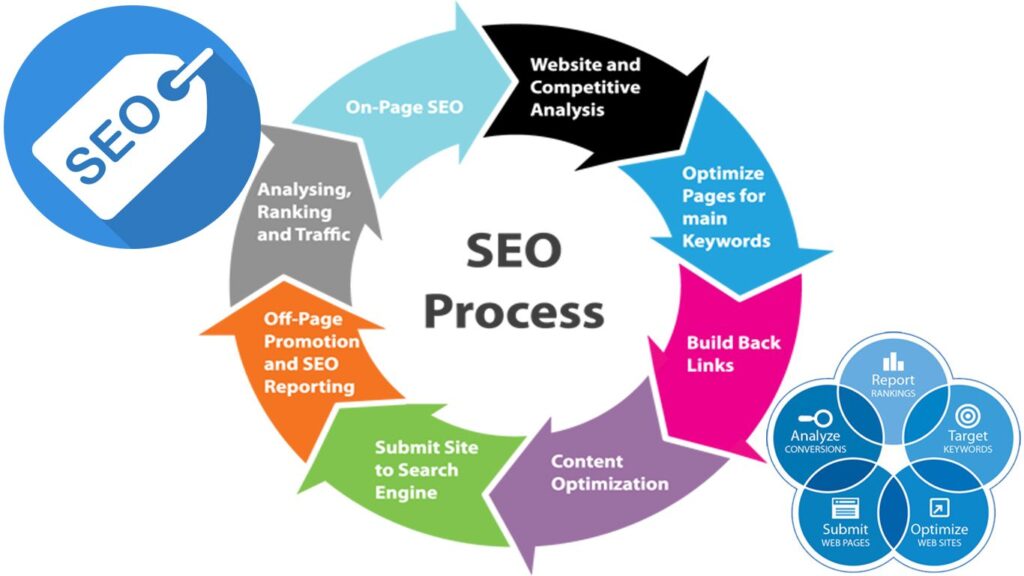
Remember: Google’s goal is to serve users. Your goal should be the same. If you consistently align your strategy with that mindset, rankings will follow.
Don’t try to master everything in a day. Start small. Tweak your existing pages. Write one powerful blog post. Fix your site speed. Then build from there.
Stay consistent. Stay human. Stay helpful.
And you’ll find that SEO isn’t just about getting to the top of Google—it’s about staying there.




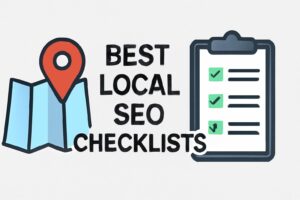



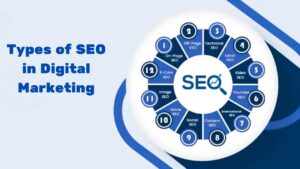
Add comment
You must be logged in to post a comment.